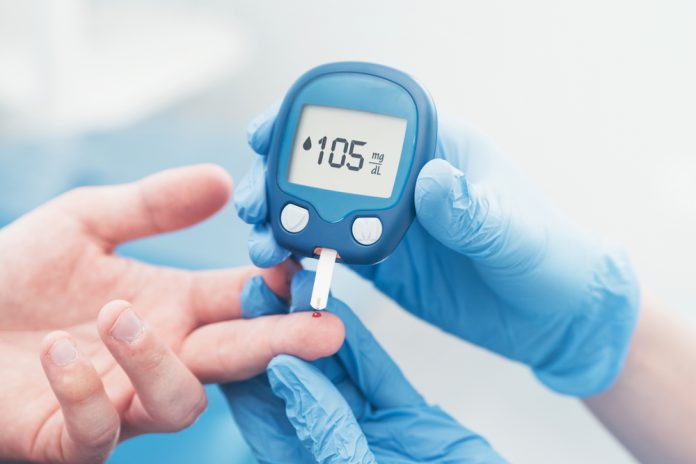An estimated 1 million Australians (5%) were suffering from Type 2 Diabetes in the ABS 2017-2018 self-reported data National Health Survey.
Slightly more prevalent in men than women, this constituted approximately 5% of the population of major cities, 4% of inner regional populations and 6% of regional and remote areas.
What is really worrying is many cases of Type 2 diabetes are undiagnosed, with many people not realising they have the condition.
Once diagnosed the priorities of diabetes management are to firstly relieve the symptoms of high blood sugar such as frequent urination or excessive thirst or drinking.
Other symptoms can include feeling tired and lethargic, having cuts that heal slowly or gradually putting on weight.
Blurred vision, headaches, leg cramps, feeling dizzy, skin infections e.g. fungal infections such as thrush and always feeling hungry are other symptoms.
Anyone experiencing these should make an appointment with your doctor to be checked out.
Long term microvascular complications of untreated or uncontrolled diabetes include nephropathy or disease of the kidneys and neuropathy or damage to nerves causing numbness in the feet.
Macrovascular complications include increased progression of atherosclerosis resulting in coronary heart disease and stroke.
The first steps with pre-diabetic or recently diagnosed diabetics include dietary intake and physical exercise.
For people who are overweight, they should aim for a 5%-10% weight loss, and eating low glycaemic foods like wholegrain bread, pasta, fruits and dairy products.
Help keep independent and fair Sunshine Coast news coming by subscribing to our free daily news feed. All it requires is your name and email. See SUBSCRIBE at the top of this article
Avoid foods rich in fat and refined carbohydrate like sugar, potato chips, ice cream and chocolate. It is often beneficial to seek a referral to a dietician.
Physical activity and exercise are also important and for example include briskly walking for 150 minutes, or for those capable, jogging for 90 minutes a week.
Even just making sure you get up every 30 minutes and walking around the room or up and downstairs will help.
Patients may be prescribed medications but do not be surprised if you end up with two or three medications as evolving treatments show combinations can be more effective than single medications, so for specific advice speak to your pharmacist.
Warren Blee OAM in an accredited consultant pharmacist





